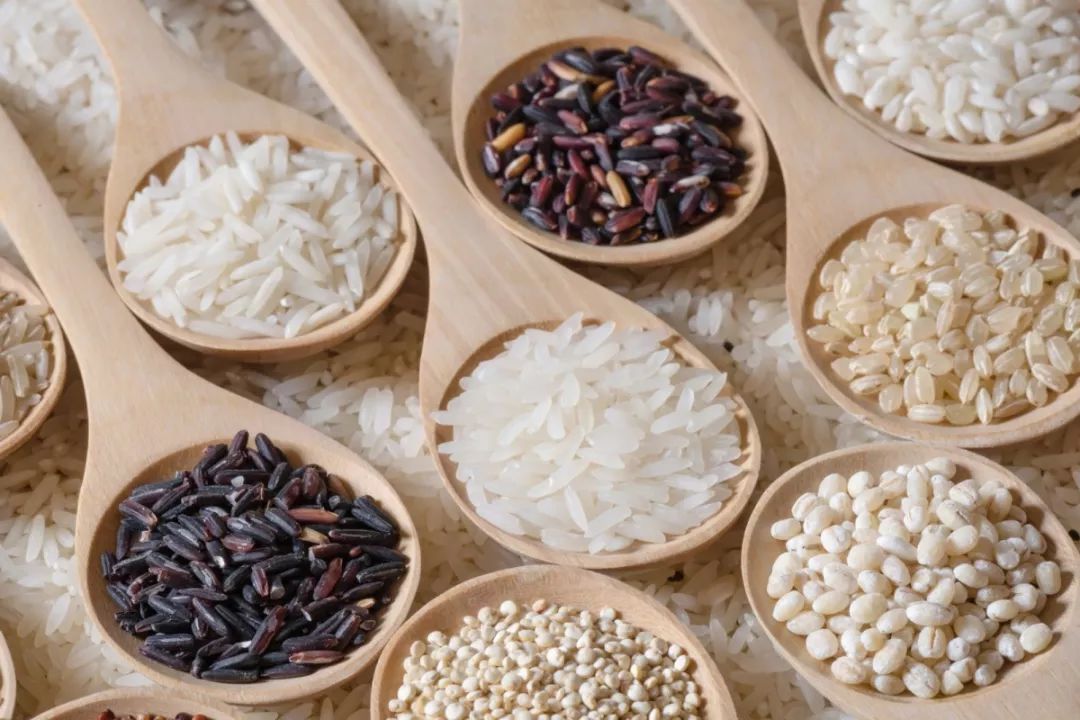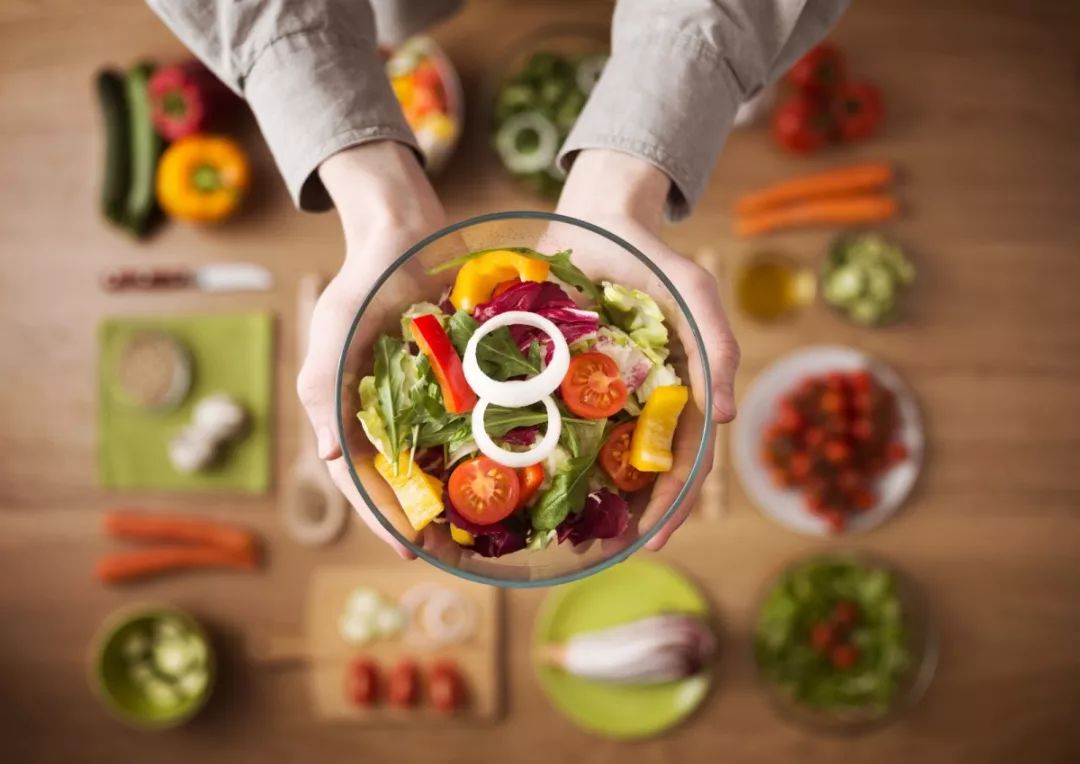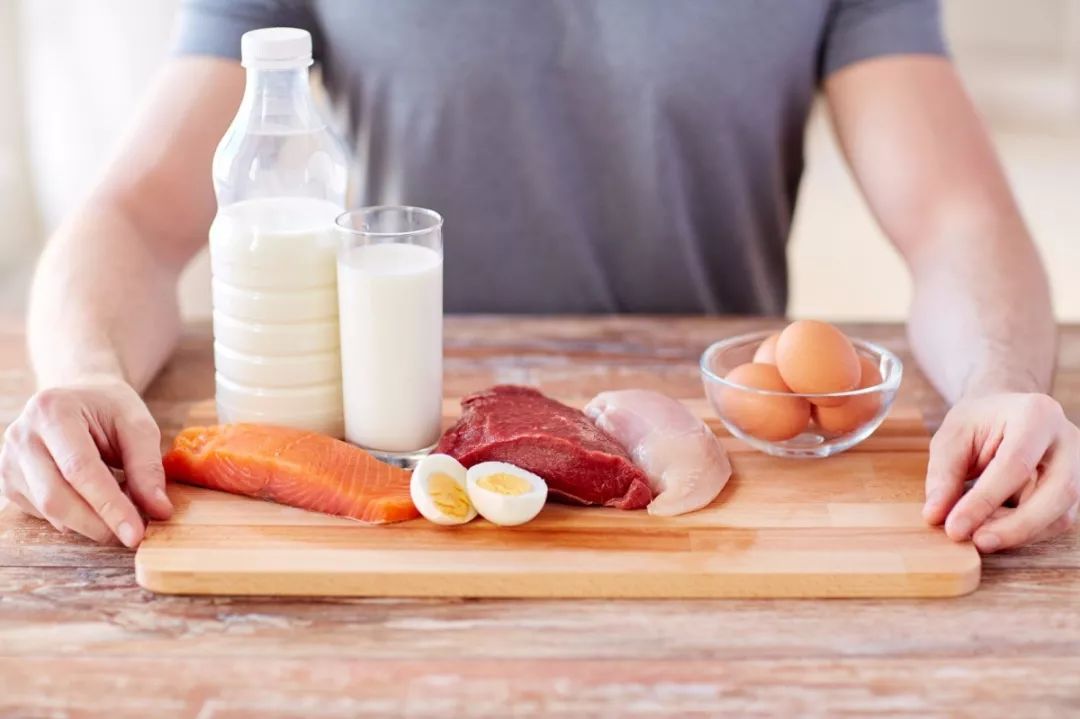IntroductionRead the rectangle
As the saying goes: “A year’s plan starts in spring.” Therefore, it is essential to arrange your diet early to lay a solid foundation for health. The following five dietary principles can be written down and posted on your refrigerator as a constant reminder.

Diverse Foods, Include Some “Coarse” Grains
Different foods provide different nutrients, and no single natural food can supply all the nutrients required by the human body.
It is recommended to eat a variety of foods daily; the Chinese Dietary Guidelines suggest that we shouldconsume at least 12 different foods each day and at least 25 different foods each week to ensure comprehensive nutrition.
Pay attention to the combination of “coarse and fine” grains; it is suggested that healthy adults shouldconsume 50 grams of whole grains daily (50 grams refers to the raw weight, i.e., the weight of the grains before cooking).
The best way to prepare whole grains is by steaming; frying or using high sugar and high fat methods is not nutritious. Because whole grains contain a relatively high amount of fiber, those with poor digestive function should consume them in moderation.

Colorful Fruits and Vegetables, Include Some “Wild” Ones
Eat green, red, or yellow vegetables or fruits daily, as dark-colored fruits and vegetables contain more vitamins and antioxidants than lighter-colored ones.
Various fruits and vegetables are now available, such as plums, apricots, Chinese toon, and leeks. Including some wild vegetables, like making dumplings or wontons with shepherd’s purse, is a delightful experience.
Animal Foods, Consume with Caution
Animal foods can provide high-quality proteins, fats, vitamins, and minerals, and should be consumed in moderation daily. However, excessive intake of animal foods can increase fat consumption, which is not beneficial for health.
Animal livers, such as pig liver, chicken liver, or duck liver, are rich in nutrients like zinc, iron, and vitamin A, and can be consumed regularly.
Note: It is generally recommended for healthy individuals to consume about 50 grams at a time, 1-2 times a week.
Patients with cardiovascular diseases should limit liver consumption or choose low-fat, low-cholesterol options like goose liver or pig liver, with each serving not exceeding 25 grams, and should be paired with vegetables, fruits, and whole grains.

Be Active, Less Sitting for Better Health
The human body is designed for movement, but modern lifestyles offer little opportunity for office workers to be active.
Spring is the season of new growth and blooming flowers, making it a great time to go outdoors and enjoy nature. This not only allows you to appreciate beautiful scenery but also helps exercise and promote health.
Recommendation: Engage in at least 150 minutes of moderate-intensity aerobic exercise each week; if busy, you can also increase activity through commuting, doing housework, or taking out the trash, turning labor into exercise to reduce the risk of obesity and disease.
Plan Your Three Meals Wisely
A year’s plan starts in spring, and a day’s plan starts with breakfast! A nutritious breakfast not only provides timely “fuel” for health but also helps improve efficiency in learning or working in the morning.

 01
01
Breakfast should not be neglected or taken lightly; it should be eaten daily, and it should be substantial and nutritious. It is recommended to include at least 4-5 types of ingredients in your breakfast.
02
Lunch should not be a compromise; the retro-style self-packed “bento” has many benefits, saving time, money, and ensuring nutrition and hygiene… It is recommended to include 5-6 types of food in your lunch.
03
Dinner does not need to be a feast; moderation in diet is healthy, and it is recommended to ensure 4-5 types of food in your dinner.
In summary: Eat well for breakfast, eat enough for lunch, and eat moderately for dinner. If conditions allow, adding 1-2 snacks, such as fruits or yogurt, is also great!
Recommended ExpertsZhang Hongying Deputy Chief Physician, Gastroenterology Department, Second Affiliated Hospital
Engaged in clinical work in gastroenterology for over 30 years. Specializes in: esophagitis, peptic ulcers, gastric cancer, atrophic gastritis, gastric polyps, functional dyspepsia, colon polyps, constipation, biliary diseases, and chronic liver disease diagnosis and treatment. Consultation hours: Wednesday, Thursday, and Friday all day (Donghu Campus); Monday all day (Hongjiao Campus)
Wan Yan Attending Physician, Nutrition Department, Second Affiliated Hospital
Specializes in nutritional support for critically ill patients and nutritional therapy for diabetes and liver and kidney diseases. Consultation hours: Thursday morning (Donghu Campus); Monday all day (Hongjiao Campus)
Note: Consultation hours are for reference only; please refer to the hospital’s WeChat platform for appointment scheduling.
Editor: Yang Junqin Review: Lan Tian
Related Links:
[Remember] Drinking more water: Is it good for the kidneys or harmful? To keep your kidneys healthy, here are 3 drinking methods you should change!
[Lesson] Dining out: Is it okay to indulge? This type of food should be eaten sparingly; some have been urgently sent to the hospital!
[Warning] If you wait any longer, it may be too late! This “fruit” is too good at disguising itself, causing poisoning in many!
Comprehensive: Health Preservation China, copyright belongs to the original author
Image source: Licensed image library 123RF

